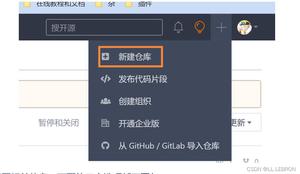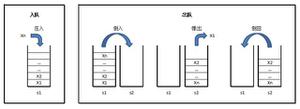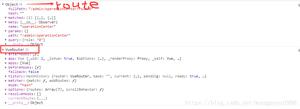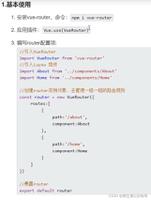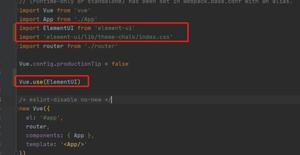Vue中this.$router.push(参数) 实现页面跳转

很多情况下,我们在执行点击按钮跳转页面之前还会执行一系列方法,这时可以使用 this.$router.push(location) 来修改 url,完成跳转。
push 后面可以是对象,也可以是字符串:
// 字符串this.$router.push('/home/first')
// 对象 query相当与发送了一次get请求,请求参数会显示在浏览器地址栏中
this.$router.push({ path: '/home/first' })
// 命名的路由 params相当与发送了一次post请求,请求参数则不会显示,并且刷新页面之后参数会消失
this.$router.push({ name:'Login', params: { id: this.id } )
// 当路由配置更改为
//路由配置:
//{path:'/login/:id',name:'Login',component:Login}
//并且再次发送请求,请求数据不会随着页面的刷新而消失
跳转页面并传递参数的方法:
1.Params
由于动态路由也是传递params的,所以在 this.$router.push() 方法中path不能和params一起使用,否则params将无效。需要用name来指定页面。
及通过路由配置的name属性访问
在路由配置文件中定义参数:
/* router.js 文件*/import Vue from "vue";
import Router from "vue-router";
import MediaSecond from "@/views/EnterprisePage/MediaMatrix/second"; //资讯列表
Vue.use(Router);
export default new Router({
routes: [ /* 进行路由配置 */
{
name: "MediaSecond",
path: "/MediaSecond",
component: MediaSecond
},
]
})
/* 后面还需要接一空行,否则无法通过 ESlint 语法验证 */
通过name获取页面,传递params:
this.$router.push({ name: 'MediaSecond',params:{artistName:artistName,imgUrl:imgUrl,type:2} })在目标页面通过this.$route.params获取参数:
if (this.$route.params.type == 2) {this.type = apis.getAtistDetails;
} else {
this.type = apis.getMessageList;
}
2.Query
页面通过path/name和query传递参数,该实例中row为某行表格数据
this.$router.push({ name: 'DetailManagement', query: { auditID: row.id, type: '2' } });this.$router.push({ path: '/DetailManagement', query: { auditID: row.id, type: '2' } });
在目标页面通过this.$route.query获取参数:
this.$route.query.type
写在最后:关于vue路由还有很多方式,简单总结,如有不对欢迎大佬们指正!!!
以上是 Vue中this.$router.push(参数) 实现页面跳转 的全部内容, 来源链接: utcz.com/z/374851.html

